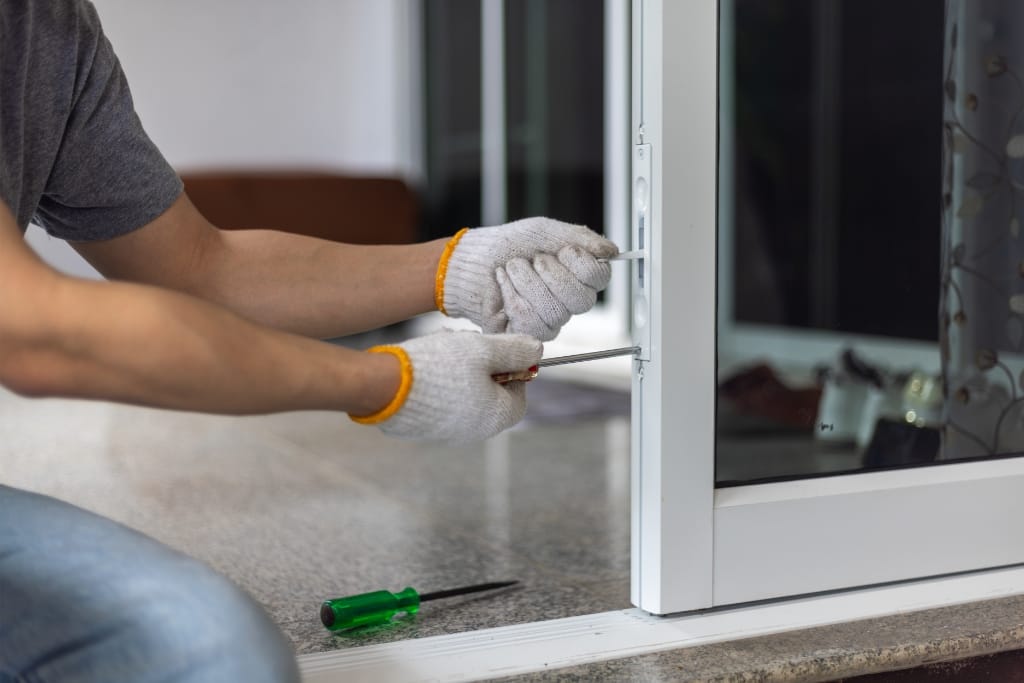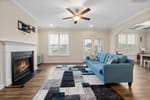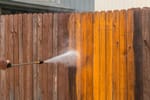Maintaining the functionality and appearance of sliding doors is essential for both aesthetic appeal and energy efficiency in your home.
Understanding the factors that influence repair costs can help you make informed decisions when it comes time to address issues.
Several elements come into play, from the type of door material to labor expenses and parts availability.
Gaining insight into these aspects will guide you in planning and budgeting for potential repairs.
Ready to learn more?
Let’s explore the six critical factors that can impact repair costs for your sliding doors.
1)) Material Of The Door And Frame
The material of the door and frame plays a crucial role in determining the cost of repairs.
Sliding doors are often constructed from a range of materials including wood, aluminum, vinyl, and fiberglass, each with distinct attributes and price points.
Wooden frames, while offering a classic and elegant look, often require more maintenance and can be susceptible to warping or rot, thus leading to higher repair costs.
Aluminum and vinyl are popular for their durability and lower maintenance needs, but repairs might still be costly depending on the extent of the damage.
Fiberglass provides a balance between aesthetics and durability but can be on the higher end of the cost spectrum for repairs.
Choosing the right material for your sliding door and frame can impact overall long-term maintenance expenses, making it an essential consideration when assessing repair costs.
2)) Type And Complexity Of The Damage
The type and complexity of damage your sliding door has sustained can significantly influence repair costs.
Simple issues, such as minor scratches or small dents, might require less labor and materials, making the repairs relatively inexpensive.
However, more complex problems, like significant structural damage to tracks or rollers, misalignment, or a completely shattered glass panel, demand advanced repair techniques and can drive up costs considerably.
Specialized tools or parts may be necessary to complete a complex repair, further impacting expenses.
Understanding the scope and nature of the damage is crucial in estimating repair efforts and costs effectively.
Recognizing these distinctions allows homeowners to better prepare for the financial commitments associated with restoring their sliding doors.
3)) Age Of The Sliding Door
As sliding doors age, the likelihood of repairs and associated costs can increase markedly due to wear and tear accumulated over the years.
Older sliding doors may have parts that are no longer readily available, making it necessary to source custom or hard-to-find components, which can elevate repair costs.
The outdated design of older doors might not align with current repair techniques, potentially requiring more intricate craftsmanship to maintain their functionality and aesthetic appeal.
The longevity of original materials affects repair outcomes, often necessitating full replacement of certain parts to ensure continued use.
Properly addressing repairs in aging sliding doors is crucial to maintaining their performance and extending their lifespan while managing costs effectively within a homeowner’s budget.
4)) Cost Of Replacement Parts
The cost of replacement parts is a critical factor in sliding door repair expenses.
The availability and price of components such as handles, rollers, glass panels, or locks can fluctuate based on the door's brand, model, and age.
Proprietary parts for high-end or custom sliding doors might not only be more expensive but also require special ordering, contributing to increased repair costs.
Conversely, more common or generic parts might be readily accessible and affordable, reducing the overall cost of repairs.
The choice between OEM (original equipment manufacturer) and aftermarket parts impacts both the quality and expense of replacements.
Homeowners should carefully evaluate their options based on budget and desired quality, as the financial implications of these choices directly affect the cost-efficiency of the repair process.
5)) Labor And Service Fees
Labor and service fees are significant components of the total cost when repairing sliding doors.
The complexity of the repair dictates the level of expertise required, which can influence the hourly rates of professionals hired for the task.
Skilled technicians with specialized knowledge in sliding door mechanics tend to command higher fees, especially for complex repairs involving intricate dismantling or reassembly.
Geographical location also plays a role, as labor costs can vary significantly based on regional economic conditions and the local cost of living.
Service fees may be higher for urgent repair requests, particularly outside regular business hours or during weekends and holidays.
Negotiating a comprehensive service agreement upfront and understanding all associated costs can aid homeowners in managing expenses effectively while ensuring quality workmanship.
Making informed choices about hiring professional services is critical to balancing cost and repair quality.
6)) Frequency Of Maintenance
Regular maintenance is key to minimizing the frequency and cost of sliding door repairs over time.
Consistent upkeep, such as cleaning tracks, lubricating rollers, and inspecting seals, helps to maintain smooth operation and prevent minor issues from escalating into major problems.
Routine checks allow for early detection of wear and tear, which can be addressed promptly and more affordably than more extensive repairs required for neglected doors.
Frequent maintenance can enhance the longevity and performance of sliding doors, providing homeowners with continued reliability and functionality.
Emphasizing regular care not only reduces potential emergency repair situations but also supports cost-effective management of sliding door upkeep, making it a wise choice for long-term planning.
Conclusion
In managing sliding door repairs, understanding the underlying factors that contribute to cost can significantly benefit homeowners.
By considering aspects such as the door’s age, the cost of replacement parts, labor fees, and the importance of regular maintenance, proactive steps can be taken to mitigate expenses.
These insights allow for informed decision-making about repairs, balancing quality and affordability.
An educated approach to maintaining and repairing sliding doors not only preserves their functionality and enhances longevity but also ensures a wise investment in the home’s enduring comfort and efficiency.
Download Our Free E-book!








